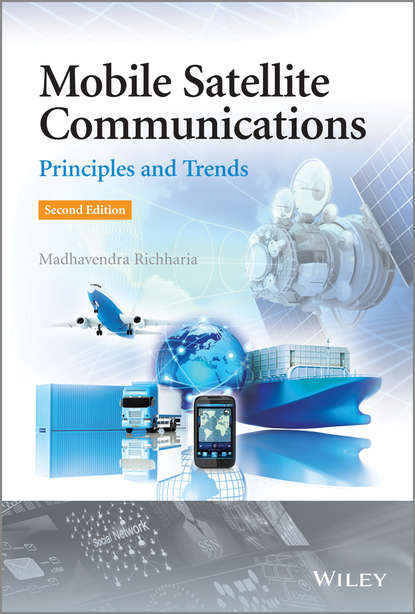Mobile Satellite Communications. Principles and Trends
Полная версия
Demand for Mobile Satellite Service (MSS) is on the increase, with a huge surge of interest in mobile communications in recent years and high-paced advancements in the supporting system architectures, devices and applications. This thoroughly revised and updated book provides a comprehensive guide to the MSS technologies and emerging trends. It takes a system level approach, giving in-depth treatment of technical and business related issues. The author, a leading professional in the area, draws on his extensive experience in industry and research, to provide the reader with a sound and informed understanding of the technology. Mobile Satellite Communications includes introductory material for the reader new to the field, in addition to exploring prevalent system concepts, architecture, practices and trends for the more experienced. An in-depth review of scientific principles merged with business models and regulatory considerations presents a balanced perspective of commercial mobile satellite systems. This book will be of interest to practicing engineers in mobile satellite communications and mobile broadcasting, research and development professionals working in these areas, mobile satellite service providers and operators. Academics and students studying satellite systems/technology, specialists in other classes of satellite systems, technical and marketing managers, strategists and planners of telecommunication systems: individuals interested in mobile communications, satellite and telecommunications/broadcasting technology will also find this book insightful. Key Features: Comprehensive treatment of mobile satellite communications topics, including radio link aspects, satellite constellations, architectural and operational aspects, as well as business planning models, MSS radio interface standards, spectrum forecast methodologies and system examples. Addresses related themes such as mobile broadcasting, mobile VSATs, search and rescue, and navigation systems. Introduces emerging technologies such as mobile broadband, television broadcasting to handheld units, advanced capacity enhancement techniques, hybrid system architecture concepts, including a rich sample of research topics such as multiple input multiple output, satellite-based ad-hoc networks, and highlights initiatives in the use of Q/V frequency bands. Includes revision questions at the end of each chapter. An accompanying website for interaction (www.satellitesandyou.com).
- О книге














